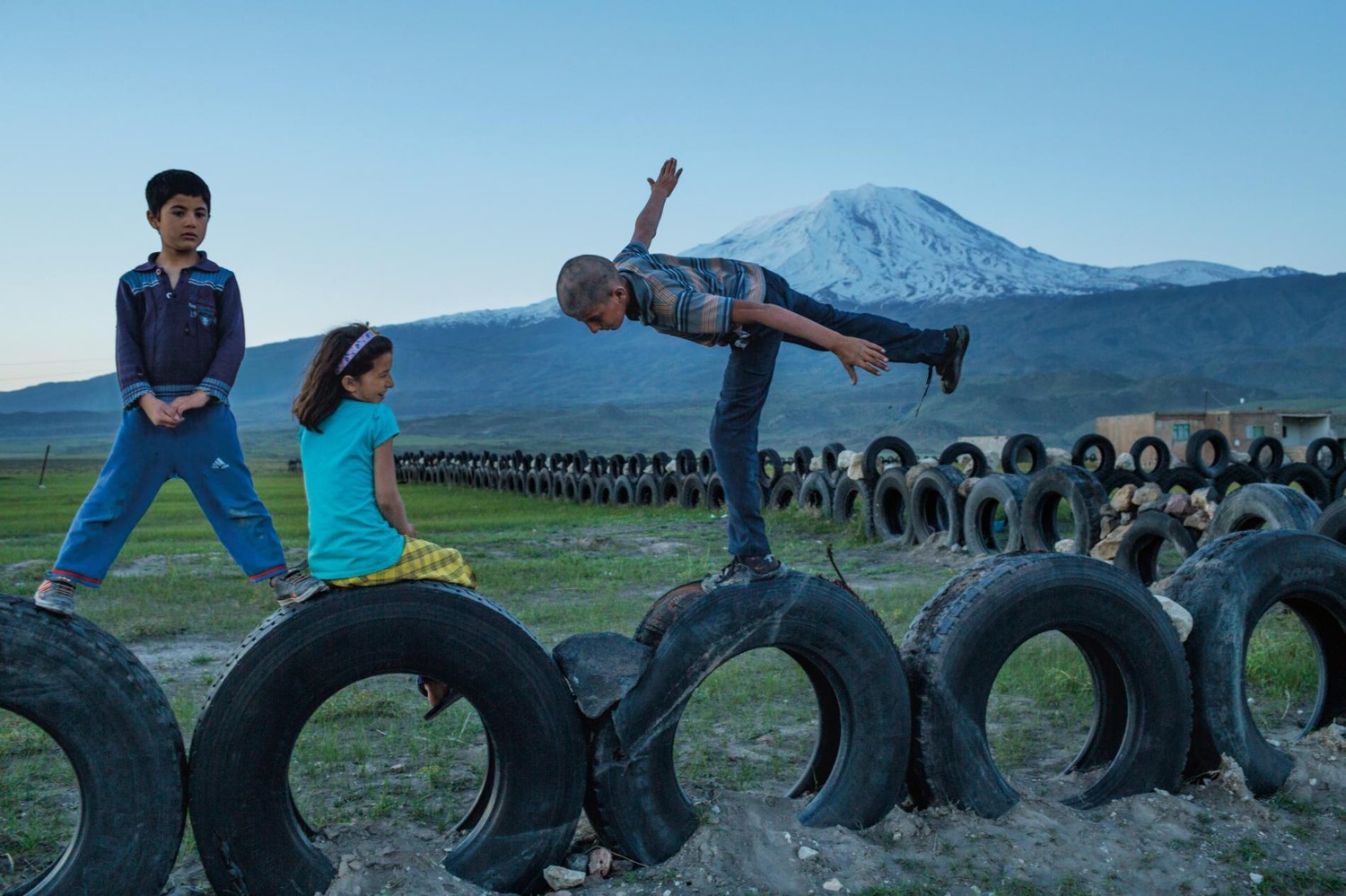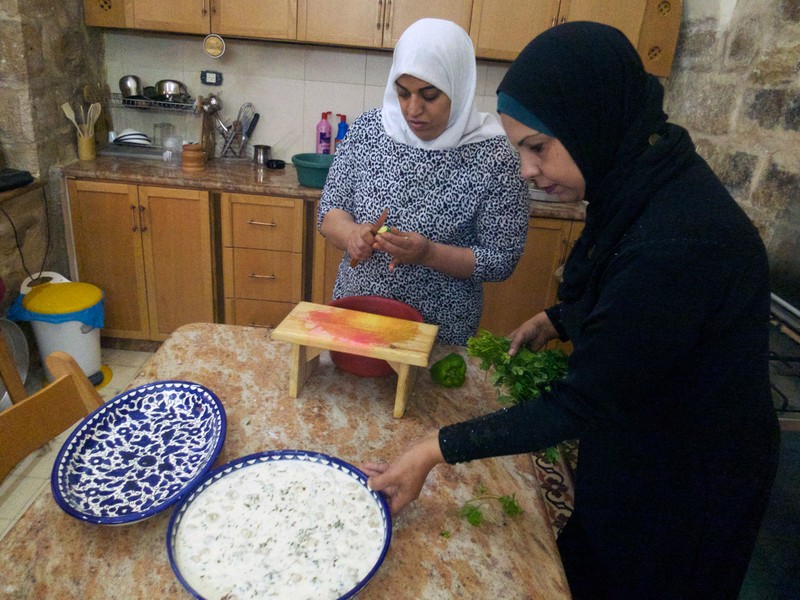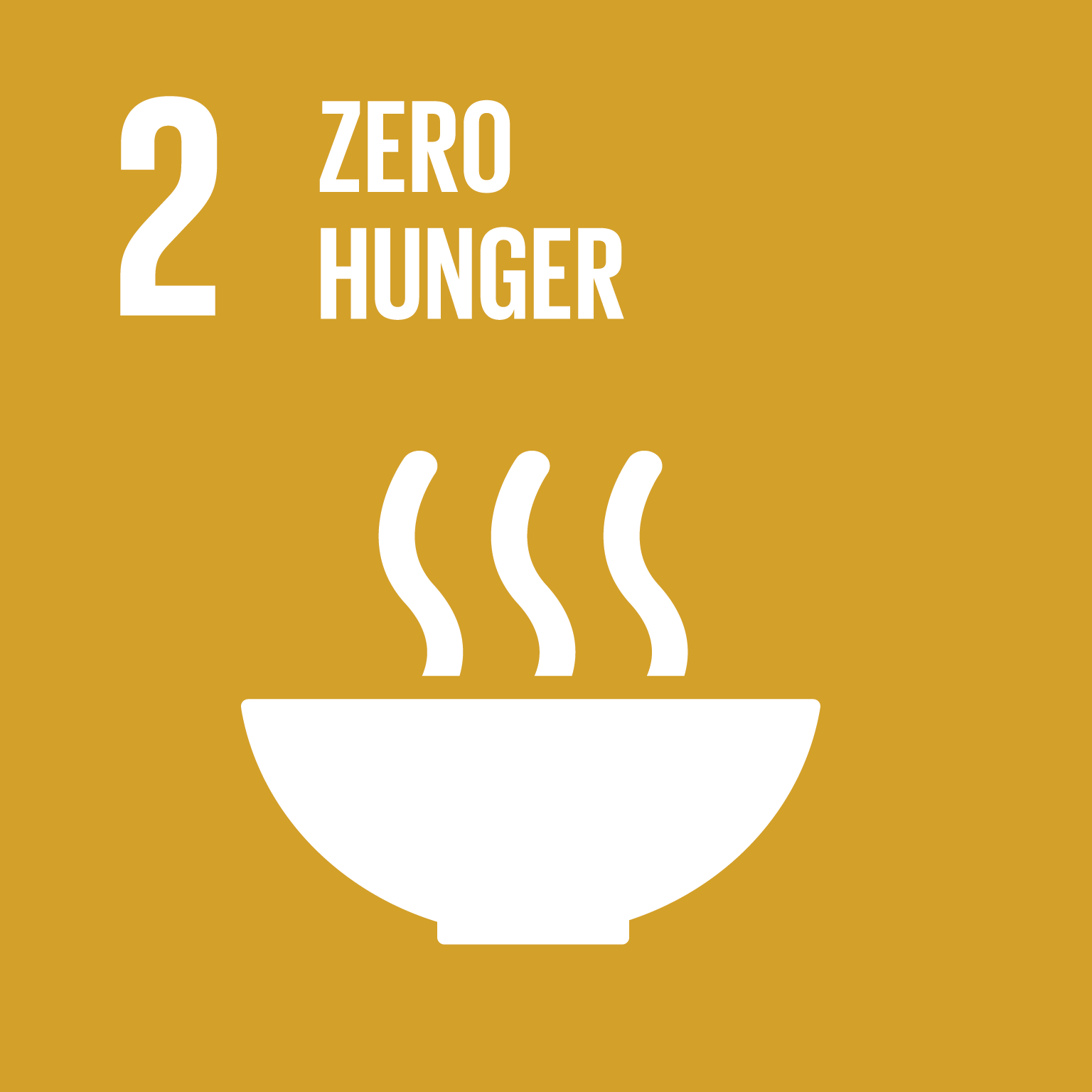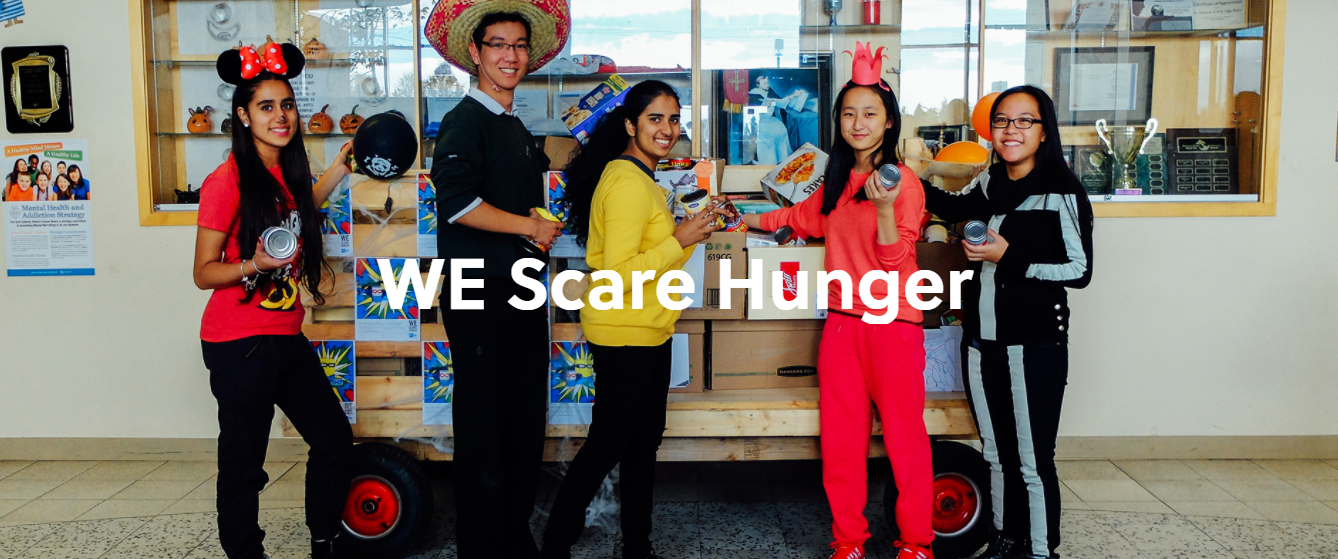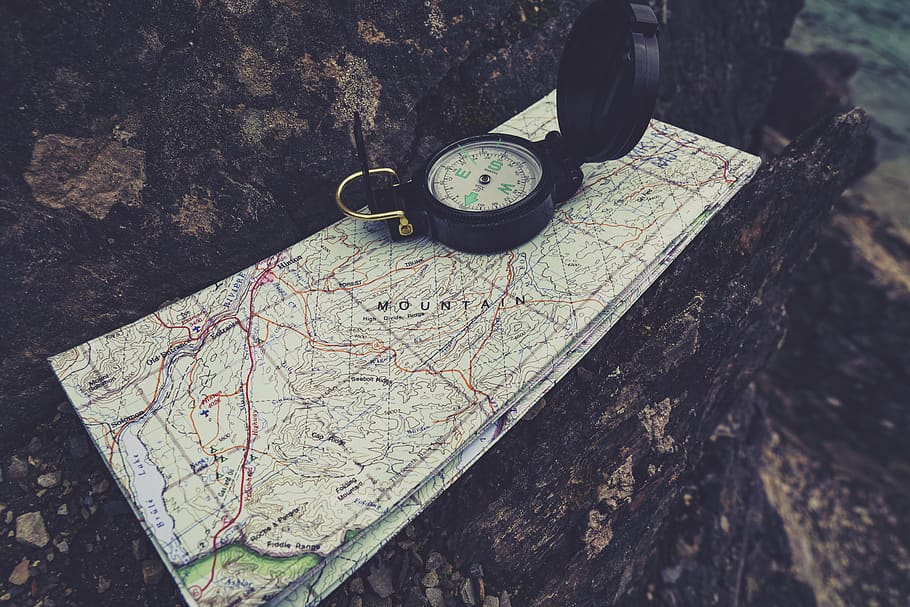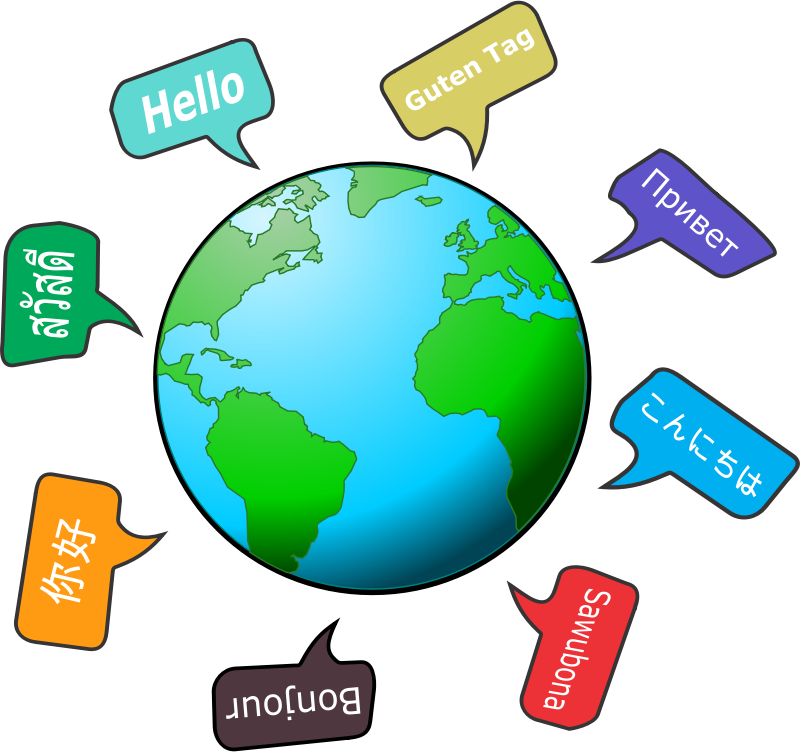Google Earth is a powerful and exciting virtual reality tool that can easily be implemented into a variety of lesson plans. It is a great way for students to locate and learn about places around the globe, but its uses go beyond just history and social studies lessons.

Here you can find a valuable tutorial for teachers who are brand new to Google Earth. I think the authors of the video do a great job at breaking down the features of Google Earth and how they can be used in the classroom in a quick and concise manner. I also happened upon this article that offers a variety of practical ways Google Earth can be incorporated into different subject areas. Here are some of my favorite activities from the article.
- Virtually tour new and interesting places. Google Earth offers pre-made “Voyages” that students can take. Stops on the voyages include notable landmarks and important information about them.
- Play Where in the World is Carmen Sandiego? This is a new take on a classic computer game. Here is a helpful video that I found on YouTube that walks you through exactly how the game works. I think this is a really fun way to get students excited about geography.
- Take or create literature tours. Google Lit Trips is an awesome website that was created for teachers to use as a guide for Google Earth tours for literature lessons. These lit trips offer students the opportunity to explore places significant to a story or the author’s life.
- Global scavenger hunts. Teachers have the ability to make their own scavenger hunts for their classes by creating clues for them to solve by finding the answers hidden around the globe to test their geography knowledge.
- View a time-lapse of coastline changes. Historical satellite imagery can be viewed on Google Earth, making it easy for students to see how coastlines and other have changed over periods of time. The author of this article also included a tutorial from YouTube on how to use this feature.
- Measure distances for math lessons. Students can measure distances in different units to understand the concept of distance, scale, and units of measurement. The author found this tutorial on how to use this feature of Google Earth.
- Use as an alternative to PowerPoint for presentations. Rather than using a traditional PowerPoint presentation to demonstrate their knowledge on a place they’ve recently studied, students can use Google Earth to create their own tour to take their classmates on.

Google Earth provides many helpful resources for teachers and students to help them navigate its different features, as well as a YouTube channel, containing other resources and recorded tours of different places around the world. These are great starting places for those who are new to the tool. The possibilities to turn students into global learners are endless with this valuable ed tech tool!

